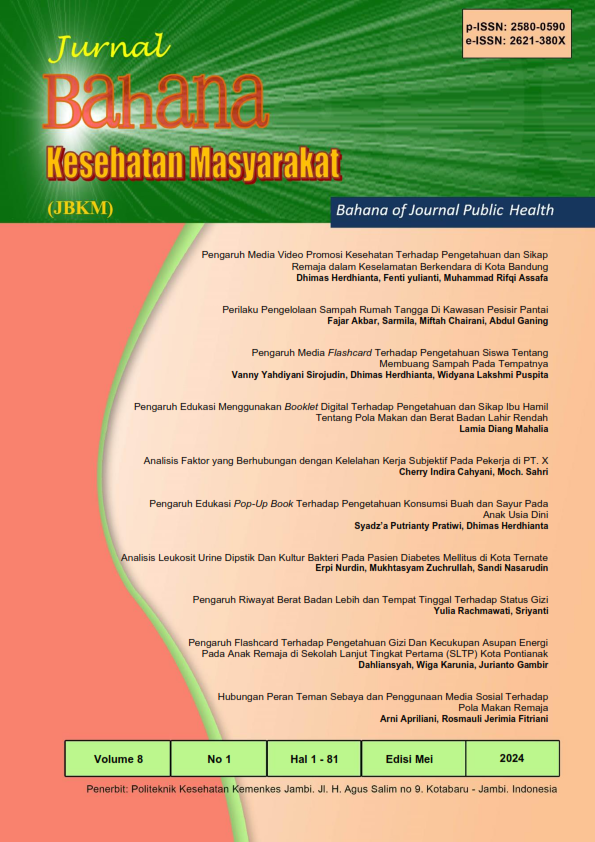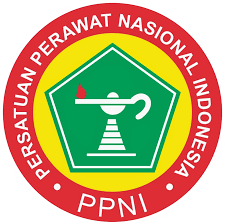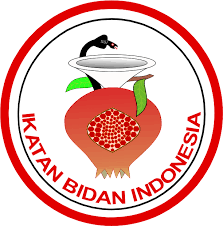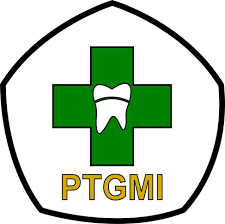Effect Of Education Using Digital Booklet On Knowledge and Attitude Of Pregnant Women About Diet Pattern And Low Birth Weight
Abstract
Background: The baby's weight at birth is a measure of the baby's nutritional status and the most important nutritional status of pregnant women to determine the chances of survival, growth and development of the baby in the future. Support from mothers to maintain the health of their babies is very necessary. One of the factors that can determine behavior about someone's health is knowledge and attitude. This study aims to analyze the effect of giving digital booklet about diet and the incidence of Low Birth Weight (LBW) on the knowledge and attitudes of pregnant women at Kereng Bangkirai Health Center. Method: The type of research used was pre-experimental with a One Group Pre-Post Test research design with 32 pregnant women as respondent.
visit also : warung top up | top up ml termurah
Result:Based on the results of statistical tests, it is known that education through digital booklet media has a significant effect on pregnant women's knowledge regarding diet (p = 0.000) and their attitude towards preventing low birth weight events (p = 0.000). Conclusion: It can be concluded that education using digital booklet media is useful for increasing the knowledge and attitudes of pregnant women regarding diet and prevention of LBW.

























